2019.07.18Voices
[Voice] Philippines: Lights Providing Support on the Frontlines of Education and Health Care
2016.09.15 Voices
One hundred solar lanterns were donated in June 2016 to Living Blue in Bangladesh, a social enterprise with a label of luxury textiles and natural indigo dye, co-owned by Nijera Cottage and Village Industries, a community of artisans, dyers and indigo farmers, and CARE Enterprise Inc., a venture business by CARE, an international non-governmental organization. The following is an introduction to their efforts in reviving the indigo industry and creating employment in rural villages.
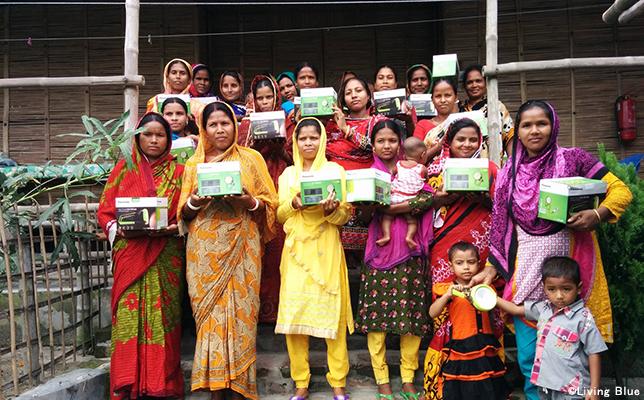
Hello, my name is Mishael, CEO of Living Blue.
Indigo in Bangladesh is from the plant species Indigofera tinctoria, which is said to be the "true Bengal indigo," and it once flourished as a core industry in the 19th century, loved by many for its beautiful color and good ability to set color into fabric. However, very little indigo was grown at all for more than the last hundred years, after having been used as a means of exploitation during British colonization, and affected by the invention and spread of synthetic dyes.
Living Blue was created with the mission of reviving this indigo industry. We rediscovered traditional methods of indigo dye and needlework techniques called khetas while researching Japanese dyeing techniques (nuishibori, shibori, itajime, and tsutsugaki) and fusing them to create original, old-but-new indigo textiles. For production, we work with more than 200 female craft workers from five villages working as seamstresses and embroiderers. One of our goals is to create employment that allows local people to make a living in the place where they were born and raised while earning more income than they would working as migrant workers in the city.
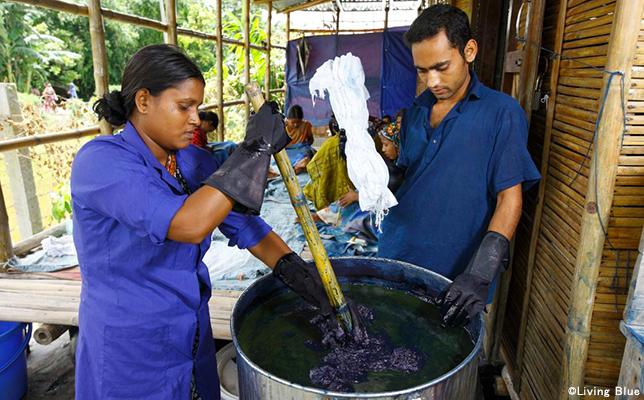
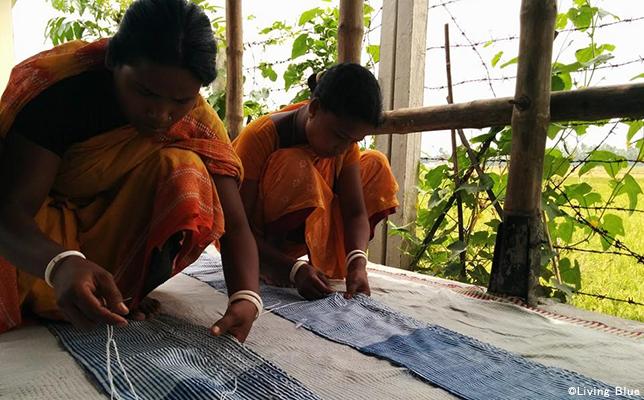
Delivery and quality of Living Blue production is controlled throughout by a quality assurance team of the brand, consisting of master artisans and production management.
Also there is a system in place in which group leaders of each village allocate work to members depending on their skills, and members are paid at rates corresponding to their skill levels.
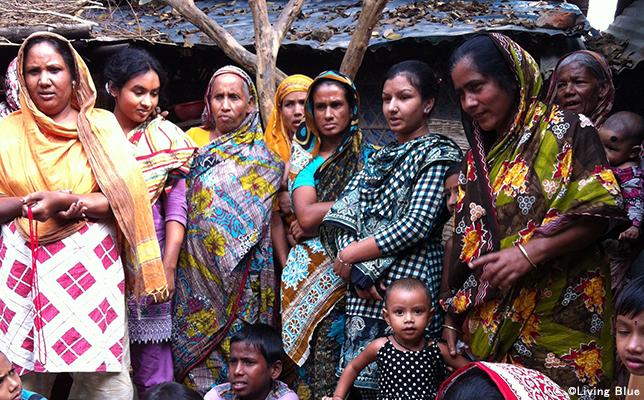
Village neighbors help one another out
The women working at Living Blue are immensely dedicated to their work. Many wish to work as long as possible, continuing to dye and embroider even after the sun has set. However, come nightfall, the women had to stop what they were doing once the lightless workspace turned pitch black due to a poor electrical supply in the area.
Now, the donated solar lanterns provide light for the women in their workspaces as well as for the village children so that they can study after the sun goes down.
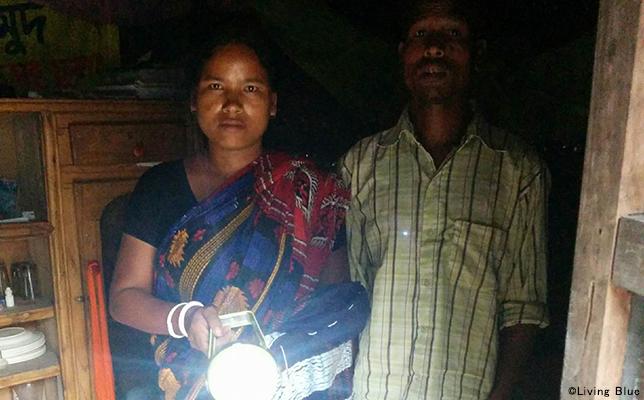
Living Blue weaves together the lives of villagers, and their work has prompted those who had left their villages to find work and excitement in cities to come back and reconsider living in their home villages. The light that shines upon the women also seems to be shedding light on villagers' pride in their villages.